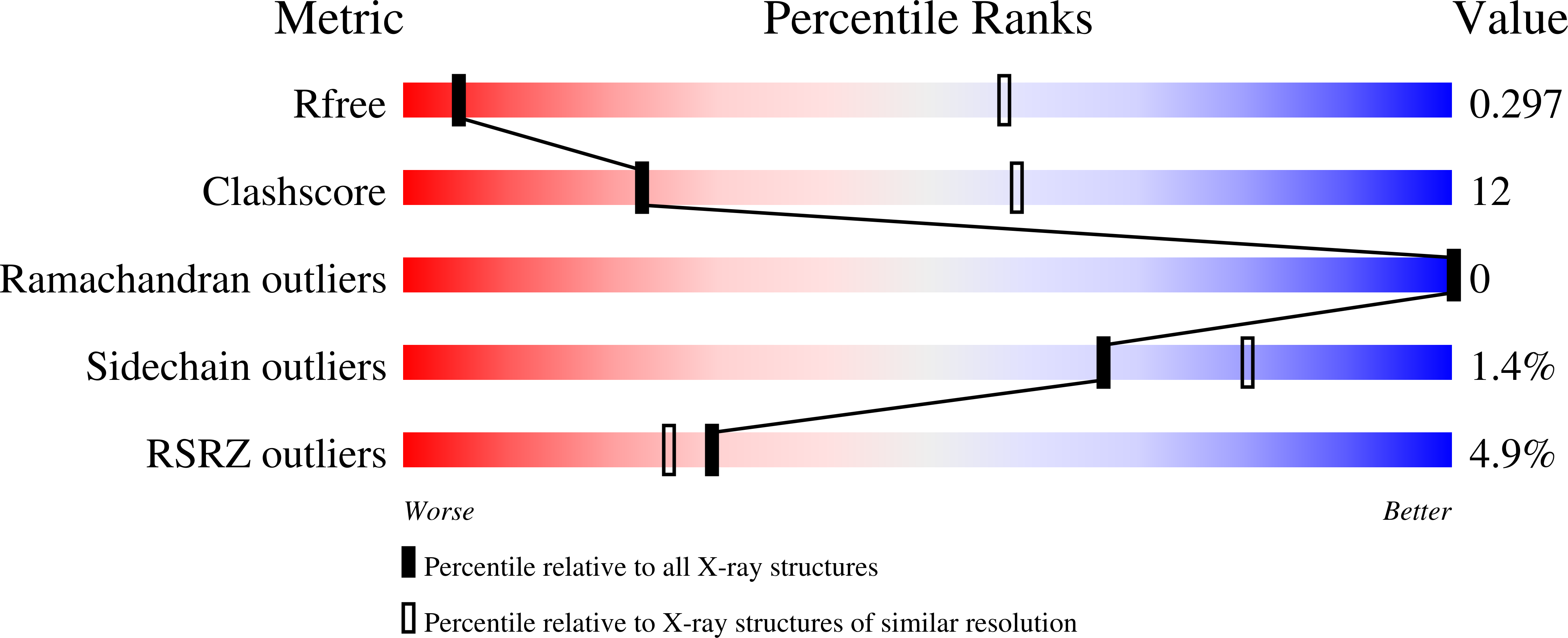
Deposition Date
2022-12-01
Release Date
2023-08-30
Last Version Date
2024-10-23
Entry Detail
PDB ID:
8FD1
Keywords:
Title:
Crystal structure of photoactivated rhodopsin in complex with a nanobody
Biological Source:
Source Organism:
Lama glama (Taxon ID: 9844)
Bos taurus (Taxon ID: 9913)
Bos taurus (Taxon ID: 9913)
Host Organism:
Method Details:
Experimental Method:
Resolution:
4.25 Å
R-Value Free:
0.29
R-Value Work:
0.27
R-Value Observed:
0.28
Space Group:
P 31 2 1


